For owners of country sites, the problem of water pollution is commonplace. Clean the well from clay or sandy sludge, roll out the flowered water from the decorative pond - this is not a complete list, where the pump is used for pumping water. The advantages of pumping plants are especially noticeable in farms, more often than others suffering from spring floods. Unlike standard well and well vehicles, domestic pumps for pumping water are capable of passing fibers, solid particles, small fragments of soil.
Four types of pumps are isolated:
- Surface.
- Submersible.
- Fecal.
- Household mechanical.
Surface devices
Surface units are designed specifically for servicing weak-polluted water. Such pumps are capable of missing fragments no more than 1 cm. The main advantage of specialists consider ease of service and installation. The undoubted advantage of surface pump is mobility - the universal unit is easily moved along the site. To start it is enough to put the intake end into the water and connect the unit to the network. Moreover, when overheating, the power plant in automatic mode is turned off. The maximum depth on which the unit is capable of effectively sucking water, reaches 5 m.
Many models of water pumps for pumping water have small power characteristics. They are suitable for infrequent home use (watering the garden, pumping fluid from the flooded basement, pool). With daily operation, the unit will quickly fail.
In the free sale there are models in plastic and metal shells. The second is distinguished by the buzz, which is compensated for a longer life cycle compared with plastic models. Plastic for magnitude quiet, and by the way, cheaper. The cost of the pump for pumping water may vary depending on the capacity indicator, performance, etc.
Council from professionals: If during functioning the device makes a loud growling sound, it is recommended to raise a rubber rug under the base. It will greatly absorb vibration. It is also advisable to cover the installation in the cold time, otherwise the system risks fails due to the freezing of the fluid.
Submersible industrial pumps
Submersible industrial pumps for pumping water in comparison with surfaces can boast high power, which significantly increases the scope. Powerful models are capable of pumping significantly contaminated waters, in which there are fragments to 5 cm. The equipment is equipped with large chambers, through which the liquid with fragments of large garbage is released without clogging the system.
Depending on the capacity and performance indicators, industrial and household pumps are highlighted. The first are applied on large production facilities, housing and public utilities. The second is used in the country areas for the fence of water polluted.
Devices for especially polluted water
Interesting to choose a universal water pump for pumping water and household waste, preference should be given to fecal pumps. The main purpose of the instruments is to pump a particularly polluted fluid, which can occur with long-fuel fragments and solid household waste.
The fundamental difference of this type of pumps is the presence of a chopper. This technological solution is capable of changing large solid elements into small fragments, after which it is possible to give access to pumping.
In the production of fecal pumps, manufacturers use strong materials resistant to an aggressive chemical environment. The average service life of such devices reaches about 10 years.
Household mechanical pumps
Mechanical pumps for pumping water are departed at low loads. Manual "country" pumps are cyclic action devices. Water is pumped in the instruments of this type under the influence of the piston, which works in two modes: discharge and suction. This is the optimal option for dacha, not equipped with electricity.
Main nuances of choice
The main thing is not to guess - the main selection criterion. To preserve such an impression throughout the operation of the pump, it is necessary to take into account the main nuances of the choice:
1. Scope of application.
Choosing a pump, think about the functions of the device. In the event that you plan to use the unit exclusively for cleaning flooded structures, watering the garden from the reservoir located in the neighborhood, it will be enough for a pump with a capacity of up to 120 l / min. If the unit is planned to be embedded in a drainage system, it is reasonable to choose a powerful option.
2. Cost.
The price of the pump for pumping water depends on the ability to dig liquid to a certain height, as well as productivity - the total volume of pumped water per minute.
3. The location of the suction valve.
The devices in which the suction device is located at the bottom of the block are effective for pumping out water from basement and tanks. But if you position the pump at the bottom of the reservoir, it will definitely capture with water or vegetation. For such purposes, models are recommended in which the suction module is at the top.
4. Float automatic shutdown.
This device responds to a change in the liquid level and automatically turns off the power unit. Automatic technology warns engine overheating in case after pumping the entire volume of water, the machine will function "dry". The system is extremely useful for summer cottages, where there is a numerous number of distracting factors.
5. Material of parts and enclosures.
Most time when working, all internal components are in an aggressive environment. Therefore, pay attention to the strength of the materials. The most stable are details of cast iron, plastic and stainless steel. Impurities strengthen the structure of materials.
6. Shredder.
The undoubted advantage will be the presence of a grinder, which grinds large fragments before entering the system. This significantly increases the life cycle of wastewater pumping.
7. Manufacturer.
The most reliable brands include companies:
- Pedrollo;
- Nocchi;
- Grundfos.
Models from these manufacturers are objectively leading in the segment on the criteria for the ratio of price and quality, small size, ease of operation.
Mounting Groundwater pumping pump
To begin with earthworks. At this stage, the following operations will have to be performed:
- Eat the trench for water supply from the water source to the house. The depth of the trench must be lower than the level of ground freezing, i.e. About 1.5 m. Place the sand onto the bottom, install geotextiles.
- Pour pipeline from practical polyurethane or metalplastic. Cross geotextile.
- Make holes in the wall of the well with a diameter of 15 cm. Insert the sleeve and smeared with bitumen and cement mortar.
- Connect the pipeline with the sleeve. Install a crane with a tee.
Then the installation of the submersible pump is carried out. Omit the device to the tank is recommended on durable cables. To do this, you can make something like winch. Full list of operations:
- The coupling and the check valve (if not) is connected to the device.
- The coupling joins the pipeline.
- The pump is lowered to the required depth and fixes on the cables.
- The entire system is checked.
- The trench is burned.
To automate the operation of the submersible type pump, the pressure and hydroaccumulator relay is used. As soon as the container is filled with liquid, the pressure begins to grow. Accordingly, when water decreases, pressure indicators are reduced.
Installation of the submersible pump does not provide for certain difficulties. The only one, when installing, it is necessary to connect pipes at the level of the sleeve in the well. Otherwise, the whole process will not take longer than two days at a competent approach. Also note that if you do not have the ability to purchase the device, it is realistic to create a homemade pump for pumping water from undergraduates.

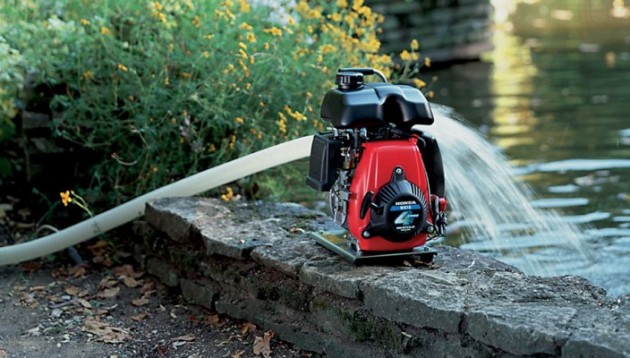
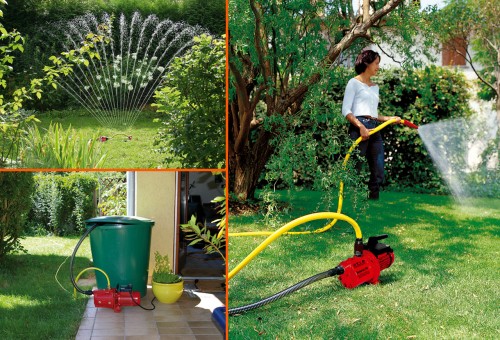
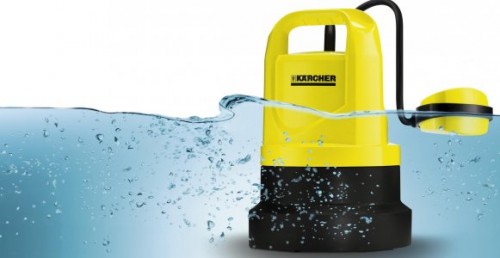
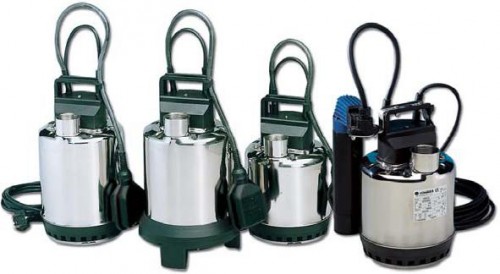
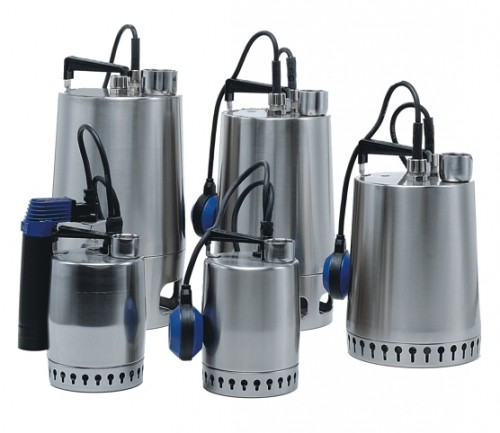
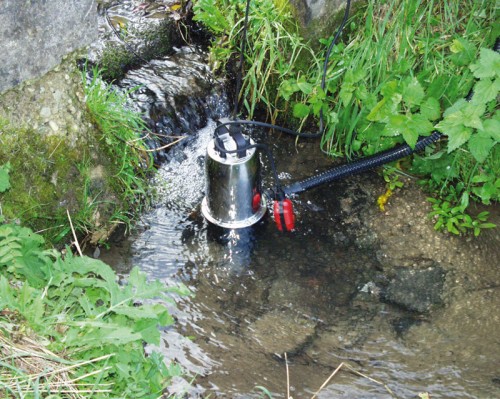


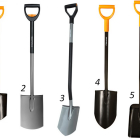
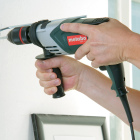
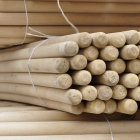
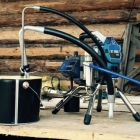
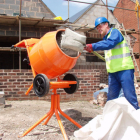
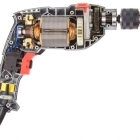
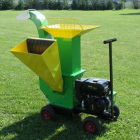
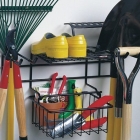

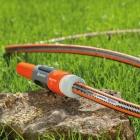
 Start a discussion ...
Start a discussion ...